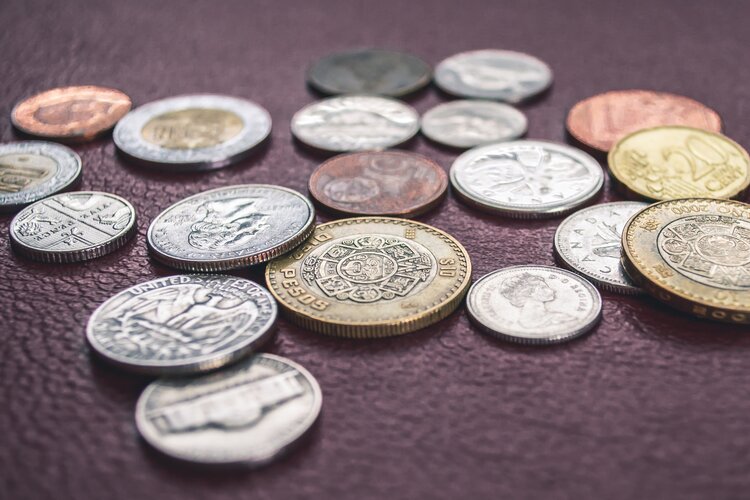The effects of the Russian invasion of Ukraine have affected the prospects for the recovery of the Greek economy and intensify the challenges for financial stability, warns the Bank of Greece in the Financial Stability Report, which is published twice a year, by the Financial Management Directorate. .
The Financial Stability Report assesses the developments, identifies the main factors of systemic risks of the Greek banking sector and other branches of the financial system and analyzes the operation of the financial markets infrastructure (payment systems, payment cards, central securities and central securities depositories).
This Report focuses on the developments that have taken place in the banking sector during 2021. Special issues are also presented, which deal with the deposit trends during the pandemic, by institutional sector (individuals and companies) and by account size category, changes brought about by the new bankruptcy legislation (Law 4738/2020) and finally, the main proposals formulated in the context of the review of the macroprudential policy of the European Union (EU).
The high GDP growth rate in 2021 and the expectation of continued growth in 2022, combined with the positive long-term economic outlook, contributed to the recent upgrade of Greece’s credit rating by the international organizations S&P and DBRS, reducing the gap by only one step. of Greek government securities by the investment grade.
New conditions after the invasion of Russia
However, the Russian invasion of Ukraine created new conditions, mitigating the short-term growth prospects. THE energy crisis intensifies inflationary pressures being a brake, while uncertainty about the duration of the war and its impact on the real economy acts as a deterrent to economic decision-making by businesses and households, given rising production costs and declining disposable income respectively. In this context, the banking sector is called upon to adapt immediately, facing the challenges that surround it.
The High stock of non-performing loans (NPLs) remains the biggest challenge for the banking sector. Banks need to be vigilant in considering the possibility of new NPLs, especially if the geopolitical crisis is prolonged or escalated further, in conjunction with the withdrawal of borrower support measures to deal with the pandemic.
The actions taken by the banks so far to manage their NPLs have undoubtedly contributed to the significant de-escalation of their reserves. However, the ratio of NPLs to total loans remains high (December 2021: 12.8%). At the same time, the actions of improving the quality of banks’ assets negatively affect the level of their capital adequacy, which is additionally pressured by the gradual implementation of the International Financial Reporting Standard 9 (IFRS 9).
In this light, the combination of the low quality of their regulatory capital, due to the high share of the final and settled deferred tax asset, and the structurally low profitability poses an additional medium-term risk to banks.
The Banking liquidity conditions continued to improve in 2021. It is characteristic that the amount of deposits from businesses and households amounted to 180 billion euros in December 2021, marking a record high of a decade. However, the low organic profitability of banks and the need to create increased provisions for credit risk affected their capital adequacy, resulting in Common Equity Tier 1 ratio on a consolidated basis to decrease to 12.6% in December 2021, from 15% in December 2020, and the Total Capital Ratio to 15.2% from 16.6% respectively.
The continuation of the recovery of the Greek economy presupposes the strengthening of the financing of the real economy and the active participation of the banking sector. Banks should therefore, in the light of the secondary effects of the war in Ukraine, intensify their efforts to further consolidate their balance sheet. In order to strengthen funding, so that the Greek economy is on a path of high and sustainable growth, an important role is expected to play the resources of the Recovery and Resilience Facility (RRF).
See the report in the right column Related Files
Source: Capital
Donald-43Westbrook, a distinguished contributor at worldstockmarket, is celebrated for his exceptional prowess in article writing. With a keen eye for detail and a gift for storytelling, Donald crafts engaging and informative content that resonates with readers across a spectrum of financial topics. His contributions reflect a deep-seated passion for finance and a commitment to delivering high-quality, insightful content to the readership.






